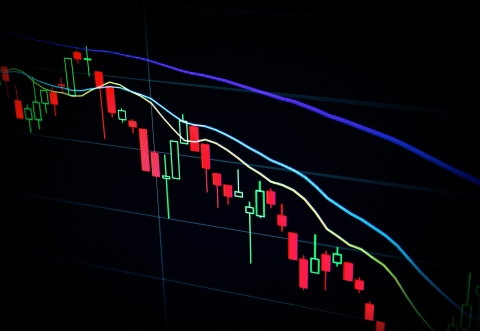EU Fund regulation
The EU fund product landscape is deep, diverse and dynamic. Since the birth of the UCITS framework in 1985, European institutions have progressively refined it into a global “gold standard”, one that successfully balances strict regulatory requirements with the flexibility required by manager to meet evolving client demands. The successful evolution of UCITS was followed by the creation of alternative investment funds (AIFs) under the 2011 AIFM Directive, adding a second important pillar to EU fund/manager regulation. Building on this second pillar are further ambitious EU fund products, such as EUSEFs, EUVECAs and ELTIFs. EFAMA has helped guide all of these key regulatory developments, informing policymakers and regulators on their main merits and drawbacks, while also keeping a close eye on their respective review initiatives.
EFAMA strongly supports a fundamental review to the ELTIF regime, in view of broadening its eligible investment universe and adapting it to better meet retail investor needs. We are also closely monitoring the review of the AIFM Directive from a product regulation standpoint, including possible spillover effects on the UCITS Directive requirements. Further work involves keeping pace with relevant ESMA initiatives, such as the work around the Common Supervisory Action on costs and fees for UCITS.
Policy Recommendations for the Next European Commission
EFAMA responds to ESMA Consultation on Liquidity Stress Testing in UCITS and AIFs
EFAMA response to ESMA's CP on integrating sustainability risks & factors in the UCITS Direcive & AIFMD
Initial reactions on the new Capital Markets Union action plan - Keynote by Tanguy van de Werve
6th Cyprus International Funds Summit - 16 November 2020
Monthly Statistics August 2020 | UCITS and AIFs continue to record net inflows in August
The European Fund and Asset Management Association (EFAMA) has today published its latest monthly Investment Fund Industry Fact Sheet, which provides net sales data of UCITS and AIFs for August 2020*.
Bernard Delbecque, Senior Director for Economics and Research commented: "Thanks to positive news on the global economic recovery, long-term UCITS continued to record net inflows in August, albeit at a slower pace than during the previous four months."
European Money Market Funds navigated the Covid 19 crisis successfully
The European Fund and Asset Management Association (EFAMA) has published its second Market Insights highlighting the major trends shaping the European Money Market Fund (MMF) landscape since the entry into force of the Money Market Fund Regulation (MMFR).
3 Questions to Keshava Shastry on "Demystifying ETPs: a simple guide for the European investor"
Q #1 Why did EFAMA members feel the need to publish this ETP investor guide?
Asset Management in Europe - An Overview of the Asset Management Industry - November 2020
The report aims to provide a unique and comprehensive set of facts and figures on the state of the industry at the end of 2018 but also to highlight the fundamental role of asset managers in the financial system and wider economy.
European MMFs in the Covid-19 market turmoil: Evidence, experience and tentative considerations around eventual future reforms
The pandemic-induced market events experienced in March 2020 have marked the first true ‘stress-test’ for European MMFs, following the introduction of the EU Money Market Fund Regulation (MMFR) in 2017. Despite the severity of the liquidity stress in the secondary market for short-term instruments and the significant outflows experienced by European MMFs across all three of the MMFR-identified categories (public debt CNAV, LVNAV and VNAV), funds proved resilient.
































